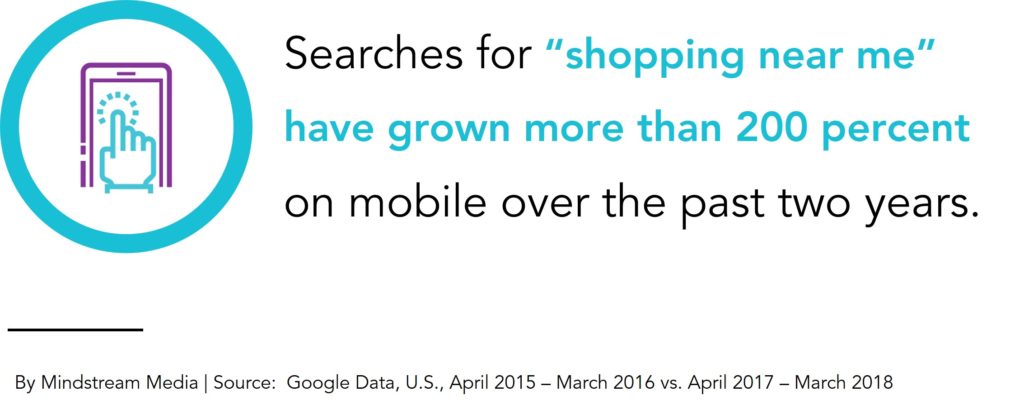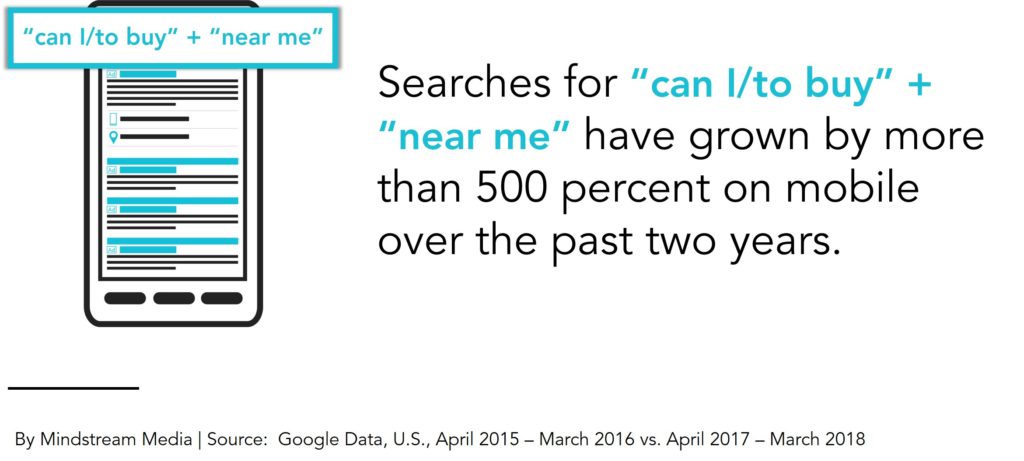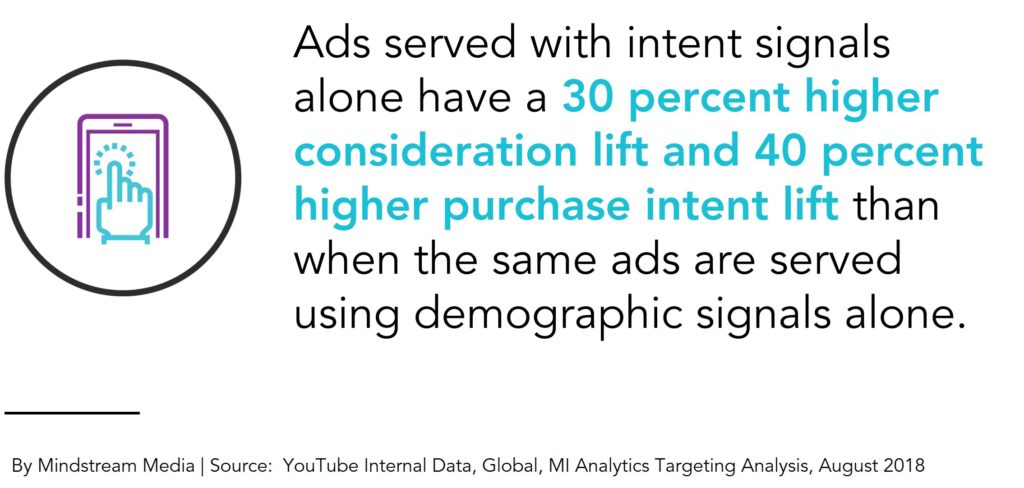How to Boost Your Marketing Strategy by Understanding Consumers’ Buying Intent
As consumers research purchases online, they leave behind a myriad of clues about their buying intent. Every search conducted, website visited and link clicked tells a story. Combined, these actions tell marketers everything we need to know about a consumer’s purchase intent (i.e., the products they’re interested in buying) and shopping preferences (e.g., buying in-store vs. online).
All of these actions are steps in what marketers commonly refer to as the consumer buying journey. With each step in the journey, consumers’ searches become more specific, their behavior more deliberate, their preferences more transparent. The closer a consumer comes to making a purchase, the more clues they leave behind for marketers.
Think with Google has been writing about the steps that make up the consumer buying journey for years. They call these steps micro-moments: “The I want-to-know moments, I want-to-go moments, I want-to-do moments and I want-to-buy moments – that really matter” to consumers. As marketers, it’s on us to predict what consumers want in these moments and deliver the information they need to make a purchase.
To help marketers deliver the right information in the right moments, let’s look at a few recent trends from Google to see how we can use these clues to understand consumers’ buying intent.

Even generic searches can tell us a lot about what consumers need at a given moment. For example, when a consumer searches for “shopping near me,” we can infer that:
- The consumer is on-the-go (potentially on foot) and wants to narrow down her options to businesses within a few miles.
- The consumer is probably in the early stages of her buying journey and may not have a specific purchase in mind.
- The consumer is looking for stores with a variety of products (e.g., department stores) or locations with a collection of shops (e.g., shopping centers).

Searches like these are inherently tied to local businesses. When a consumer enters a search like this, they’re getting more specific about their buying needs and are likely close to making a purchase.
This trend also exemplifies how people are moving away from generic searches like “furniture stores near me.” Instead, consumers often search for specific purchases like “where to buy a TV stand near me.” When a consumer searches for specific products with intent-laced phrases like “to buy” and “near me,” marketers can make several predictions about what information she needs at that moment:
- The consumer is looking for a local business, probably within a few miles of her current location.
- The consumer is relatively far along in their buying journey, probably has a good idea of the product she wants and may be ready to buy immediately.
- The consumer probably owns a TV and might be redecorating. This prediction is key for serving her ads in the future (i.e., she’s probably not a good prospect for ads for TVs but may be receptive to ads for living room furniture).
When we serve ads to consumers based on behavioral signals like search and browsing history, audiences are much more likely to respond than when we just use demographic signals. That’s not to say we should disregard demographic targeting when setting up search, social or display campaigns. Rather, we need to incorporate a variety of targeting methods. Think of campaign targeting like a series of layers, each one representing a deeper level of understanding of your target audience:
- Demographics: This type of targeting can still be helpful if a product or ad is intended for a specific gender, income level, etc.
- Location: For local businesses, this type of targeting is key to ensuring that only nearby consumers see the ads.
- Online behavior: If a consumer is conducting online research related to your products, this is a clear sign they should be in your target audience.
- Customer lists: Targeting consumers who have already interacted with an advertiser can help keep the brand at the top of potential customers’ minds and encourage repeat purchases from existing customers.
Give consumers what they want
All of these trends boil down to a simple takeaway for marketers: when consumers’ online behavior gives us obvious clues about the information they need to make a purchase, we damn well better listen. The onus is on us to interpret these clues, anticipate consumers’ needs and deliver the right information at the right time.
Need help reaching target audiences with the right messages?
Contact Mindstream Media Group to learn how we Fast-Forward business to drive results.
More from Mindstream Media Group

Meet the Mindstreamer – Chandler Swanner
Chandler Swanner’s interest in advertising dates back to her childhood. Her mother (and role model in life) was a Media […]

Third-Party Cookie Phase-Out: What Marketers Need to Know
Cookies are an essential part of internet usage, allowing websites to remember you and provide a more personalized experience. This […]

Meet the Mindstreamer – Kaya Bucarile
She plans and oversees media strategy for agency clients, working closely with project and platform managers to ensure that we […]

